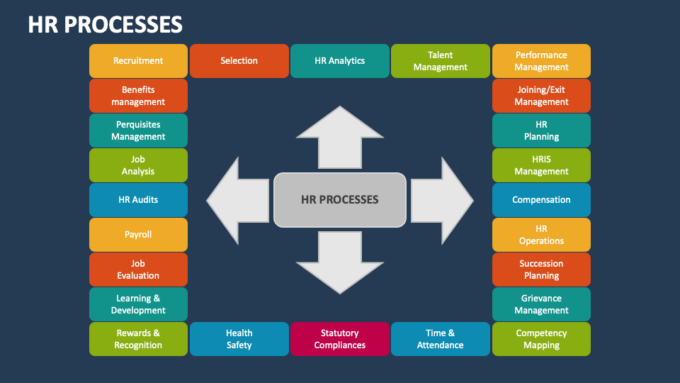Implementing improvements in HR processes can be a game-changer for organizations. These changes can streamline operations, enhance employee satisfaction, and boost overall productivity. However, the key to ensuring these improvements are effective lies in accurately measuring their success. Understanding how to gauge these outcomes helps HR professionals make informed decisions and continually optimize their strategies. As Jeff Smith Blackrock emphasizes, “Measuring success isn’t just about numbers; it’s about understanding the impact on people and processes.”
Identify Clear Objectives

Before you can measure success, it’s crucial to establish clear, measurable objectives for your HR process improvements. Are you aiming to reduce employee turnover? Improve time-to-hire metrics? Enhance employee engagement? Having specific goals allows you to focus your measurement efforts and align them with your broader organizational objectives. Without clear objectives, it becomes challenging to determine what metrics to track and what constitutes success.
Track Recruitment Metrics
One of the most visible areas of HR that benefits from process improvements is recruitment. Metrics such as time-to-fill, cost-per-hire, and quality-of-hire are essential indicators of success. A reduced time-to-fill suggests a more efficient hiring process, while a lower cost-per-hire indicates cost-effectiveness. The quality-of-hire metric, although more subjective, can be assessed through new hire performance reviews and retention rates. These metrics collectively provide a comprehensive view of the recruitment process’s efficiency and effectiveness.
Monitor Employee Engagement and Satisfaction
Employee engagement and satisfaction are critical indicators of the success of HR improvements. Surveys, feedback forms, and regular check-ins can provide valuable insights into how employees feel about the changes. Improved engagement often leads to higher productivity and reduced turnover rates. Tracking these metrics over time can reveal trends and highlight areas where further improvements may be needed. It’s also beneficial to look at absenteeism and presenteeism rates as they can indirectly reflect employee satisfaction and engagement levels.
Evaluate Training and Development Programs
Investing in employee training and development is a common HR improvement. To measure its success, track metrics such as participation rates, completion rates, and post-training performance. Employee feedback on training programs can also offer insights into their effectiveness. Long-term success can be measured by observing career progression and promotion rates within the organization. High participation and positive feedback typically indicate that employees find value in these programs.
Analyze Retention and Turnover Rates

Retention and turnover rates are direct indicators of HR process success. Improved HR processes should lead to higher retention rates and lower turnover rates. Analyzing exit interview data can provide insights into why employees leave and highlight potential areas for improvement. Comparing these rates before and after implementing HR improvements can help determine their impact. Additionally, understanding voluntary versus involuntary turnover can offer deeper insights into employee satisfaction and engagement.
Assess Productivity and Performance
Enhanced HR processes should ideally lead to improved productivity and performance across the organization. Metrics such as employee performance ratings, goal completion rates, and overall productivity measures can help gauge this. Regular performance reviews and feedback sessions are vital tools in assessing these areas.
Continuous Feedback and Improvement
Finally, measuring the success of HR process improvements is not a one-time activity. It requires continuous monitoring and feedback. Regularly review the metrics and adjust your strategies based on the findings. Engage with employees to understand their perspectives and incorporate their feedback into ongoing improvements.



